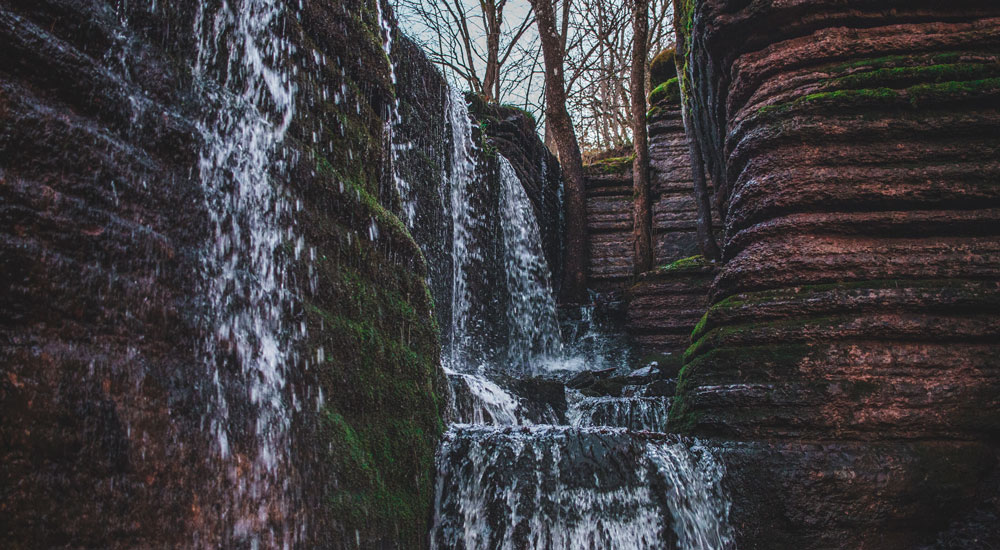#-#Used to track user’s interaction with embedded content.Maximal lagringstid: SessionTyp: Lokal HTML-lagring
__Secure-ROLLOUT_TOKENVäntandeMaximal lagringstid: 180 dagarTyp: HTTP-cookie
iU5q-!O9@$Registers a unique ID to keep statistics of what videos from YouTube the user has seen.Maximal lagringstid: SessionTyp: Lokal HTML-lagring
LAST_RESULT_ENTRY_KEYUsed to track user’s interaction with embedded content.Maximal lagringstid: SessionTyp: HTTP-cookie
LogsDatabaseV2:V#||LogsRequestsStoreUsed to track user’s interaction with embedded content.Maximal lagringstid: BeständigTyp: IndexeradDB
remote_sidNecessary for the implementation and functionality of YouTube video-content on the website. Maximal lagringstid: SessionTyp: HTTP-cookie
ServiceWorkerLogsDatabase#SWHealthLogNecessary for the implementation and functionality of YouTube video-content on the website. Maximal lagringstid: BeständigTyp: IndexeradDB
TESTCOOKIESENABLEDUsed to track user’s interaction with embedded content.Maximal lagringstid: 1 dagTyp: HTTP-cookie
VISITOR_INFO1_LIVETries to estimate the users' bandwidth on pages with integrated YouTube videos.Maximal lagringstid: 180 dagarTyp: HTTP-cookie
YSCRegisters a unique ID to keep statistics of what videos from YouTube the user has seen.Maximal lagringstid: SessionTyp: HTTP-cookie
ytidb::LAST_RESULT_ENTRY_KEYStores the user's video player preferences using embedded YouTube videoMaximal lagringstid: BeständigTyp: Lokal HTML-lagring
YtIdbMeta#databasesUsed to track user’s interaction with embedded content.Maximal lagringstid: BeständigTyp: IndexeradDB
yt-remote-cast-availableStores the user's video player preferences using embedded YouTube videoMaximal lagringstid: SessionTyp: Lokal HTML-lagring
yt-remote-cast-installedStores the user's video player preferences using embedded YouTube videoMaximal lagringstid: SessionTyp: Lokal HTML-lagring
yt-remote-connected-devicesStores the user's video player preferences using embedded YouTube videoMaximal lagringstid: BeständigTyp: Lokal HTML-lagring
yt-remote-device-idStores the user's video player preferences using embedded YouTube videoMaximal lagringstid: BeständigTyp: Lokal HTML-lagring
yt-remote-fast-check-periodStores the user's video player preferences using embedded YouTube videoMaximal lagringstid: SessionTyp: Lokal HTML-lagring
yt-remote-session-appStores the user's video player preferences using embedded YouTube videoMaximal lagringstid: SessionTyp: Lokal HTML-lagring
yt-remote-session-nameStores the user's video player preferences using embedded YouTube videoMaximal lagringstid: SessionTyp: Lokal HTML-lagring





